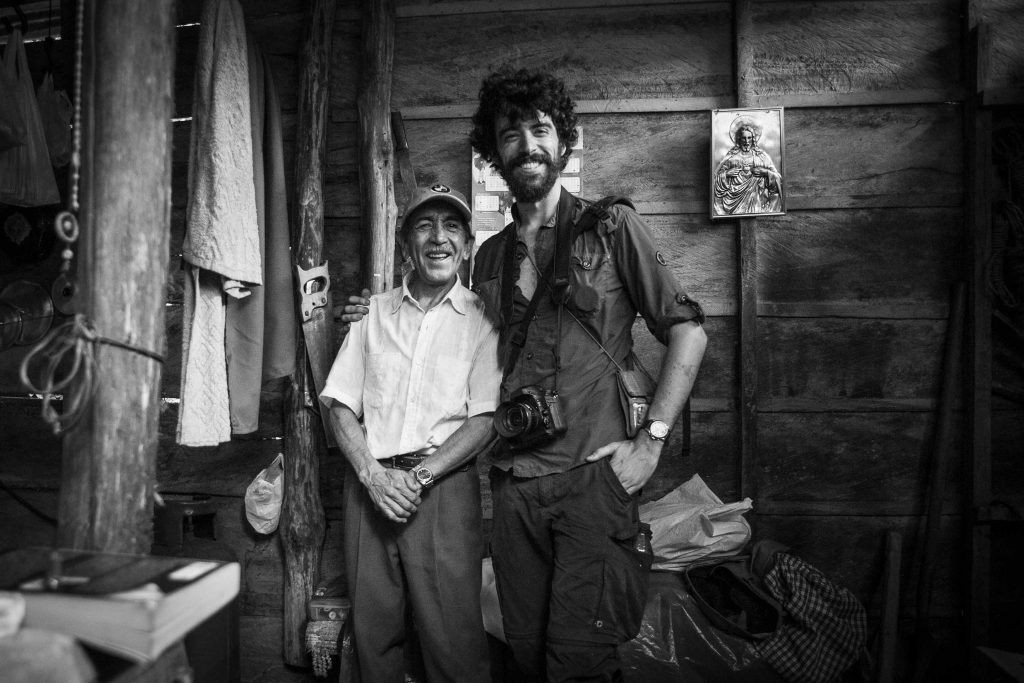The problem of land ownership in Colombia is the oldest conflict in the country. The struggle for control of wealth and for the right to exploit its resources is an ongoing dispute that, depending on the region, manifests itself in different ways.For decades Muzo and the municipalities of Western Boyacá have attracted tens of thousands of people from other parts of Colombia. They settle in the region in the hope of finding precious green stones under the Boyacá soil. Most of them work in the mines but others try to subsist “guaqueando” in the “quebrada” (ravine) of the mining river, an activity that consists of searching through the surplus debris –resulting from the mining activity– for small or unnoticed stones. In case of finding an emerald they could buy a house, open a business, travel, or even retire forever.
The control of the emeralds belongs to only a few: the owners and shareholders of the mines. They dominate the business in a region where historically the State hasn’t had a presence. From the end of the 1950s until 1992, a series of bloody confrontations between emerald seekers took place in western Boyacá. The best known was Víctor Carranza, «the tsar of emeralds», alias «El Patrón», who ended up owning thousands of hectares of land in Colombia. In this period private armies of these businessmen stopped the incursion of the FARC in the region, planting the seeds of the future paramilitarism in Colombia.
